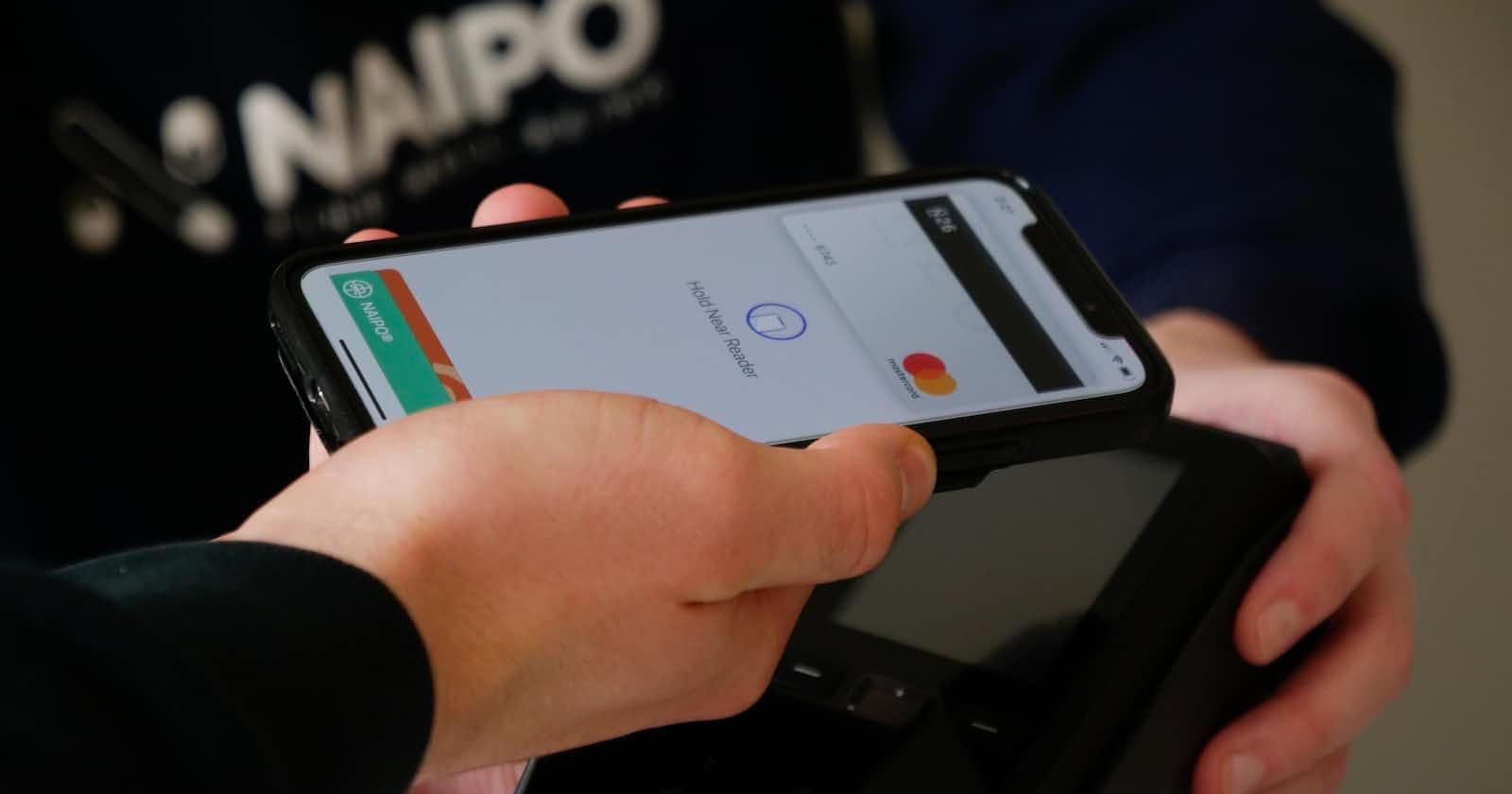Transaction
In the context of blockchain technology, a transaction is a transfer of value between two or more parties. This transfer is facilitated by the use of a digital ledger, known as the blockchain, which records and verifies the transaction.
UTXO
UTXO, or unspent transaction output, is a concept used in the context of blockchain transactions. UTXO refers to the unspent output of a previous transaction. When a new transaction is created, it can use one or more UTXOs as inputs. The UTXOs are then spent, and the transaction creates new UTXOs that can be used as inputs in future transactions.
In simple terms, UTXOs are the building blocks of blockchain transactions. They represent the amount of cryptocurrency that is available to be spent in a new transaction. Each UTXO has a unique identifier and can only be spent once, which helps to ensure the security and integrity of the blockchain.
Here is an example of how UTXO works in the context of a cryptocurrency transaction:
Suppose Alice has 10 units of a certain cryptocurrency in a UTXO, and she wants to send 5 units to Bob. In this case, the UTXO representing Alice's 10 units of cryptocurrency would be used as an input in the transaction. The transaction would then create two UTXOs: one representing the 5 units that were sent to Bob, and another representing the remaining 5 units that Alice still owns.
These two new UTXOs can then be used as inputs in future transactions. For example, Bob could use the UTXO representing his 5 units of cryptocurrency as an input in a transaction to send 2 units to Carol. This transaction would create two new UTXOs: one representing the 2 units that were sent to Carol, and another representing the remaining 3 units that Bob still owns.
In this way, UTXOs are used to track the flow of value in a cryptocurrency transaction and ensure that the transaction is valid and secure.
